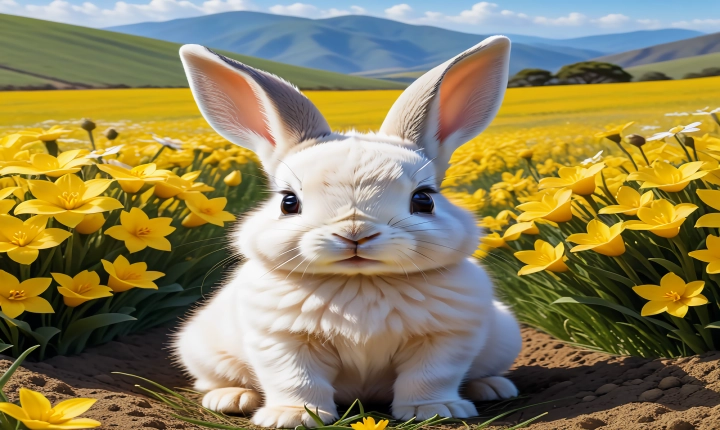Can GPT-3 Solve Images? Exploring the limits of AI Technology
Artificial Intelligence (AI) has made tremendous strides in recent years, with the rise of language models such as GPT-3, produced by OpenAI, capturing the attention and imagination of tech enthusiasts and researchers. GPT-3, short for Generative Pre-trained Transformer 3, has proven its capability in generating human-like text, answering questions, writing essays, and even creating code. However, one question that has been frequently asked is whether GPT-3, or AI models in general, can solve visual problems, specifically when it comes to understanding and interpreting images.
The ability of AI to understand and process images is crucial in various fields, including healthcare diagnostics, autonomous vehicles, surveillance, and many other applications. While significant progress has been made with specialized models and algorithms such as convolutional neural networks (CNNs), the natural language processing models like GPT-3 weren’t originally designed to comprehend images.
Despite this, recent experiments have shown promising results in leveraging GPT-3 for image-related tasks. Researchers and developers have devised creative methods to transform visual data into a format that GPT-3 can comprehend, such as converting images into textual descriptions or prompts that can be fed into the model.
One approach is to describe an image in detail and then ask GPT-3 specific questions related to the content of the image. For example, if shown a picture of a dog, a prompt might describe the dog’s breed, color, size, and other relevant attributes, along with a question such as, “What animal is in the picture?” Researchers have found that GPT-3, with its vast pre-existing knowledge, can often generate accurate responses based on the input it receives.
Another method involves using a pre-trained image recognition model to generate a textual description of an image, which is then used as input to GPT-3. This enables GPT-3 to understand the contents of the image and perform tasks based on the visual information.
While these approaches demonstrate that GPT-3 can be adapted to handle image-related tasks, there are limitations and challenges to consider. GPT-3’s abilities in image understanding are not as robust or specialized as those of dedicated image recognition models. The model’s lack of visual processing capabilities means it might struggle with complex or nuanced visual tasks, such as accurate object detection, detailed image manipulation, or spatial reasoning.
Furthermore, the reliance on textual prompts and descriptions introduces potential biases and limitations in the types of visual problems that GPT-3 can effectively address. The quality and relevance of the input information directly impact the model’s performance, and crafting appropriate prompts to convey visual concepts accurately can be a non-trivial task.
Despite these challenges, the ability to adapt language models like GPT-3 to handle image-related tasks represents a promising avenue for AI research and development. The success in integrating natural language processing with image understanding could lead to more versatile and comprehensive AI systems, capable of processing diverse types of data and performing a wide range of tasks.
Looking ahead, continued research and innovation in the field of multimodal AI, which combines language and visual understanding, will likely yield further advancements in bridging the gap between textual and visual information processing. As AI technology evolves, the potential for GPT-3 and similar models to comprehend and solve images will continue to expand, bringing us closer to the creation of more comprehensive and intelligent AI systems.
In conclusion, while GPT-3 was not initially designed to solve images, recent experiments have demonstrated its potential in handling image-related tasks through creative adaptation and integration with specialized image recognition models. As AI technology continues to evolve, the ability of GPT-3 and similar models to understand and solve image-related problems is likely to improve, paving the way for more versatile and comprehensive AI systems with the capability to process a wide range of data types.
